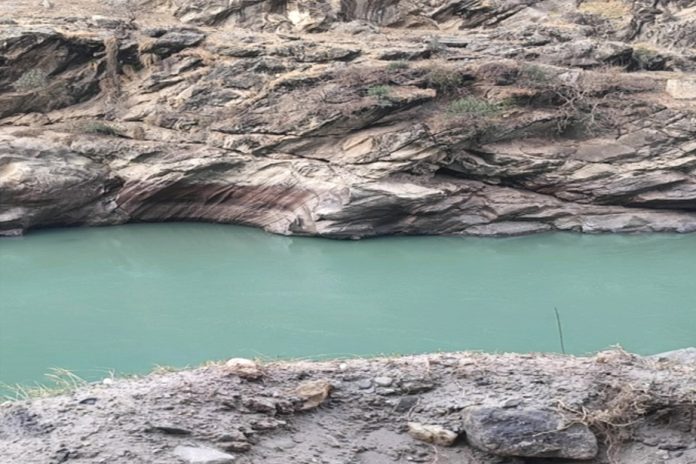The issue of river interlinking has been one of India’s most ambitious water resource management projects. The idea, which was first outlined in the National Perspective Plan of 1980, aims to address water scarcity by linking water-surplus rivers to water-deficit ones. The project has far-reaching potential, offering the promise of mitigating floods, providing irrigation in drought-prone areas, and ensuring a steady supply of water to regions that experience water shortages. However, it has also faced significant challenges, particularly due to the lack of consensus among basin states, whose cooperation is vital for its success. The Centre is actively building consensus among states to move ahead with the river-linking projects. While the Centre has identified 30 rivers for interlinking and prepared detailed project reports for 11 of them, water is a state subject, and therefore, the Centre cannot take unilateral action. Consensus among all states involved is essential before any concrete steps can be taken. This fact underscores a crucial aspect of the project – the need for cooperation between the Centre and state governments.
Water resource management in India has always been a sensitive issue, as states with river systems often feel that their water rights are being compromised when interlinking projects are proposed. States are often apprehensive about the impact of water diversion. Water has been a contentious issue in Indian federalism, often sparking intense political and regional disputes. State governments, driven by regional priorities and voter sensitivities, have played a crucial role in shaping water-sharing agreements. The issue is particularly delicate because water is both a lifeline for agriculture and a critical factor in sustaining urban populations. Several interstate water disputes, such as the Sutlej-Yamuna Link canal conflict between Punjab and Haryana and the decades-long Kaveri river dispute between Karnataka and Tamil Nadu, demonstrate how deeply political and emotional these issues are for the people.
Historically, water-sharing disputes have led to agitations, bandhs, and even violent protests. The Kaveri water dispute, for instance, has witnessed repeated tensions, with protests erupting in Karnataka and Tamil Nadu whenever a Supreme Court ruling or tribunal decision is seen as favouring one state over the other. Similarly, the SYL canal dispute has been a major point of contention between Punjab and Haryana. The issue has been so politically sensitive that governments have fallen, elections have been fought over it, and courts have struggled to implement their rulings without backlash.
The Centre’s task, therefore, is not only to present the technical feasibility of these projects but also to engage in dialogue and address the concerns of states that might feel marginalised. The emotional aspect of water disputes cannot be ignored. Farmers and common citizens see river water as their right, and any move perceived as taking away that right leads to massive resistance. Political parties often capitalise on these sentiments, making it harder for a rational, cooperative solution to emerge. The Jal Shakti Ministry, created to bring together various agencies involved in water resource management, has played a pivotal role in finding an all-acceptable way out. The initiative to bring all water-related issues under one ministry promises to streamline the country’s water management efforts and reduce fragmentation.
However, for the river interlinking projects to become a reality, the Centre must continue its efforts to engage with State Governments and build trust among them. Reducing political and emotional rhetoric around water-sharing is the need of the hour. Water-sharing agreements need to be fair and equitable, ensuring that no state is disproportionately affected by water diversion. Public consultation and transparency will also be critical to ensure that local communities understand the benefits and challenges of these projects. With continued collaboration between the Centre and states and a commitment to ensuring equitable access to water for all, India can move toward a future of greater water security and sustainability. The task is not easy, but it is one worth pursuing for the welfare of millions of citizens.
Trending Now
E-Paper


